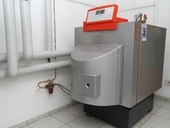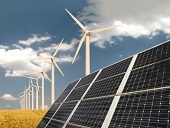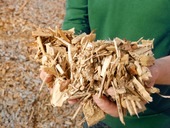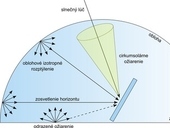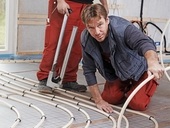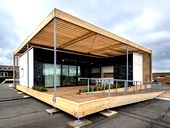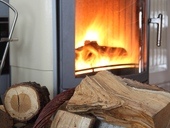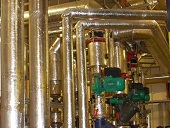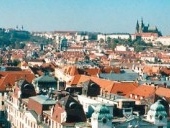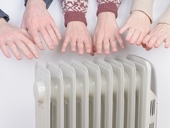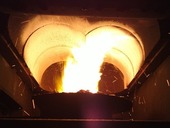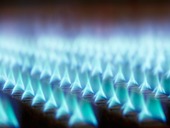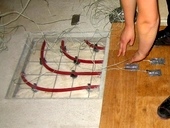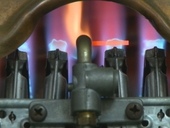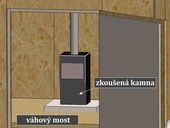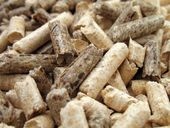This article focuses on the issue of creation of operating rules that pertain to the field of operational documentation. Operating rules are an essential part of the efficient operation of the property. This article is targeted to the content site of operating rules by various functional use of objects. A method of operation of the building affects the composition of future operating rules. In this article, the individual include the composition and structure defined according to the method of use of the building.
Archiv článků od 6.1.2014 do 28.4.2014
The efficiency of boilers is a major technical and economical parameter and indicates the degree of fuel energy utilization. The aim of this paper is to present basic approaches to determination of the efficiency calculated by direct and indirect method. In the Annex of the article is a list of technical standards (including theirs validity) which deal with determination of efficiency for various types of boilers.
Concept Data Support Department of the Ministry of Industry and Trade has prepared this statistical report as a comprehensive national statistics on renewable energy sources. The final part of the report provides statistical data of the categories Energy use of waste and alternative fuels, Hydropower, Wind Power, Photovoltaics, Solar thermal systems, Heat pumps and Geothermal energy.
One of the most important boundary conditions occuring in the thermal building simulations is the thermal power penetrated into building elements as a result of the solar radiation. Intensities of the solar radiation are usually measured by weather-stations on the horizontal plane, and thus not directly applicable for the computations. Paper provides the methodology for recomputation of the total solar radiation measured by the pyranometer on the horizontal surface to the intensities of arbitrarily oriented wall and provides simulation results for the nineteen days.
Article reviews the accuracy of the calculations of the underfloor heating in TechCON 4.0 version compared with calculations according to EN 1264.
Precision of calculations has been already compared in article “Calculation and design of hydronic floor heating” (Ing. Josef Bugáň). Article stated big differences in results, and several procedures were insufficiently explained. Is it possible that the calculation of commonly used program varies that much?
Could it be that these differences were caused by an incorrect procedure in the calculation according to EN 1264 or even by differences in the input data in both calculations?
In this article, we therefore compared the two calculations on the same project and the same program, thus completely eliminating input errors.
Correctness of the calculation procedure according to EN 1264 we verified by comparing the results of calculations with two independent programs.
In October 2013 in Orange County Great Park in city of Irvine, California, took place the sixth edition of the prestigious international competition of universities U.S. Solar Decathlon 2013. This round took part also Team Czech Republic from the Czech Technical University in Prague, which finished at overall third place. The article describes in detail building services used in the AIR House.
Small heating appliances are significant sources of air pollution. About 30 % of PM emissions and about 60-80 % of PAHs originate from domestic heating appliances in Czech Republic. Four main parameters affect the amount of emitted pollutants (type of combustion appliance, fuel, operator and condition of combustion appliance). This article tries to clarify the influence of firewood moisture and reduced heating output to emission of pollutants. There are compared results from 6 test runs with respect to emissions of CO, OGC, PM and benzo[a]pyrene.
The evaluation of the heating period for the calendar year 2013 is useful for producers and consumers, who work on a January-December regime. It also provides data to energy experts for assessing the operational energy consumption of buildings. It also provides figures for the controlling of boilers, according the Decree 276/2007 Coll.
The paper presents the derivation of calculating the real efficiency of gas boilers with single-stage atmospheric burner. The cause of looping are states when the minimum boiler output is several times higher than the required nominal heat output for heating. The looping of boiler reduces its operating efficiency.
New rules for cost of heat energy allocation for central heating in houses applying evaluative indicators for these purposes. The Minister for Regional Development approved a draft amendment to Decree No. 372/2001. This amendment allows to increase the share folder of running radiators up to 70 % of total heat energy cost. The distribution of this component to final consumers suffers from a significant systemic problem, and these measures will further worsen the credibility of allocation results.
The object of article is to provide basic information about approaches to testing of stoves burning solid fuels in Europe and some other countries. Generally, stoves in Europe are tested according standard EN 13240. However, there’re other standards on national basis, for example Norwegian standards NS3058 and NS3059. If we look away from European border we can found standards which describe methods of stove testing – Australian/New Zealand standards and EPA standards in U.S.A. The article provides information about measuring sets, characterization of used fuels, testing categories for burning periods, measured parameters, emission limits and others things which are in these standards.
Biomass Action Plan envisages the available space in 3 variants with respect to the degree of self-sufficiency in food C.R. Area of fast-growing tree species growing steadily, in terms of total energy production is negligible involvement. By registering, according to the law of ash can be removed from the category of waste, and consequently can be applied as fertilizer.
zpět na aktuální články

